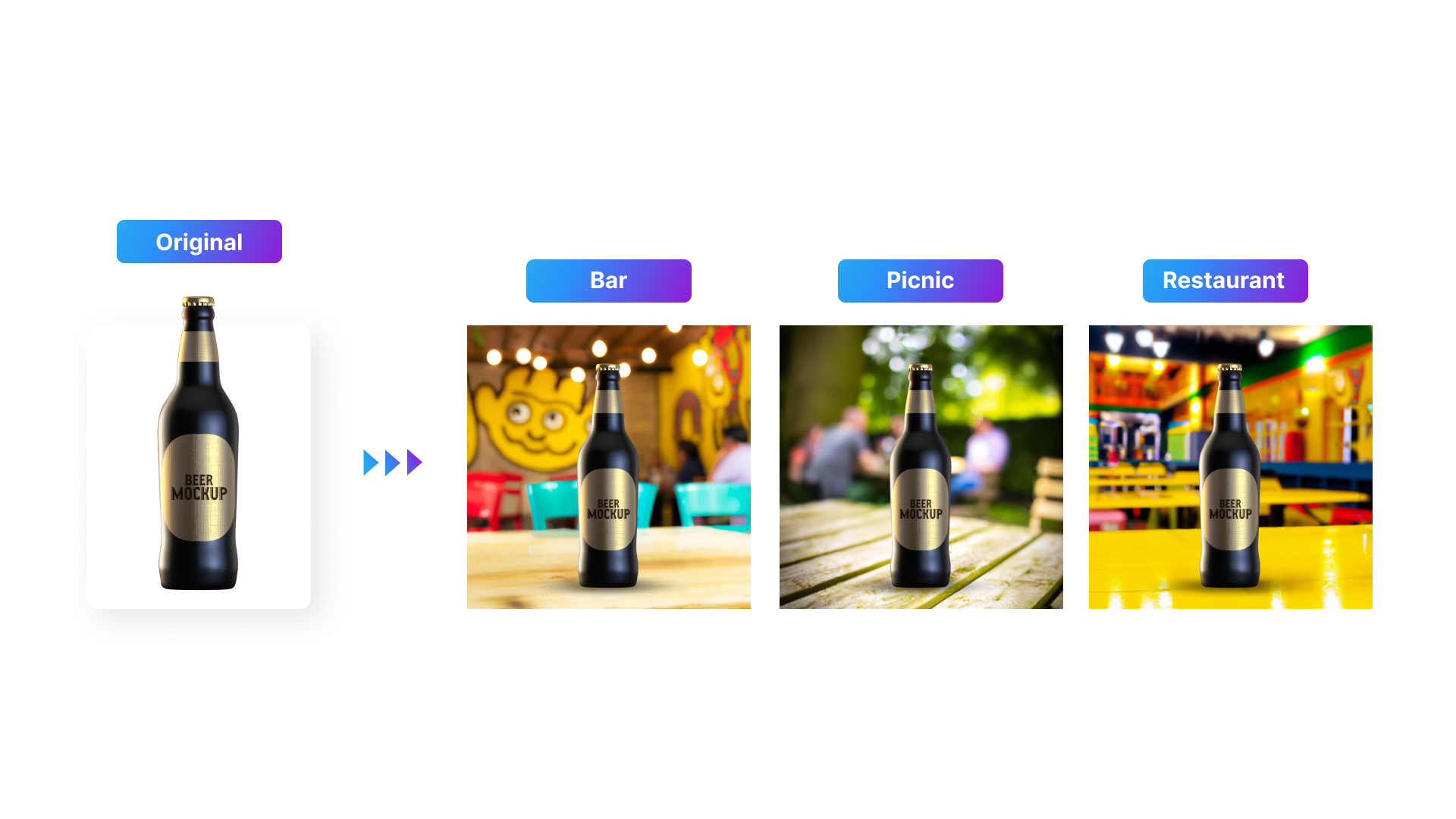There’s a common dilemma facing today’s marketing teams: creative requirements are soaring, but budgets are either remaining static or shrinking.
So, what do you do? One option could be to produce cheaper, lower quality assets; the stuff that’s churned-out through templated services. Sure, this will help you produce higher volumes at a lower cost. However, this route leads to the quality of your creative being heavily compromised, leaving you with unengaging and ultimately ineffective creative.
The problem is, even if you have an unlimited supply of ad creative, it’s virtually worthless if it’s unable to convey it’s message to your audience.
Creative quality is more important than ever, with the digital landscape undergoing many changes over the past few years. Targeting has lost a lot of its power, audiences have become more discerning, and video has become the preferred medium across most major platforms. Success in this landscape requires entertaining and immersive video creative—image ads and formulaic, slideshow-esque videos won’t cut it.
With this in mind, we need to make a slight adjustment to the challenge described at the beginning of this article: marketers have soaring requirements, not just for creative, but for high-quality video creative—budgets, however, are remaining static or shrinking.
The addition of quality into the mix adds another dimension to this dilemma.
Luckily, there are strategies that can help you squeeze more creative juice from your marketing budget, while at the same time providing you with the quality that you need for your campaigns to perform to their potential.
1. Repurpose, then scale
When you need a lot of creative but have a limited budget to work with, you’ve gotta be resourceful; think of yourself as a marketing MacGyver: using what you’ve got, to get what you need.
Chances are you’re sitting on a treasure trove of existing assets that are ripe for repurposing. This can be anything from social media imagery and key visuals, through to user-generated content (UGC) and influencer collabs. You’ve already invested in this content, so why not maximize it’s value by using it as the foundation of your ad creative.
This approach helps to reduce costs significantly as you’re not starting from scratch and creating something completely net-new. You already have the building blocks; they just need to be reassembled into a video that’s optimized for whichever format(s) that are needed for your campaign.
Once you’ve repurposed and optimized your existing assets, now it’s time to scale, scale, scale.
Create a bunch of variations using the same base assets. Variations can be based on a range of factors such as copy, duration, platform, music, and call-to-actions (CTAs). You’d be surprised at the volume of quality video creative that you can produce from a small handful of input assets.
2. The lo-fi approach
Traditionally, “quality creative” refered to ads that were highly polished, featuring professional talent—the glitz, glamor, and all that jazz.
This has been completely turned on its head in recent years. What resonates with today’s audiences—especially on social platforms—is toned-down, “lo-fi” videos that look and feel more like the organic content they’re placed within as opposed to ads.
The effectiveness of the lo-fi approach is great news for marketers looking to scale quality creative on a budget. Instead of paying huge sums for a creative agency, you can reduce costs and turnaround times significantly, and receive assets of the same—if not higher—quality.
You may already have some UGC or influencer content that you can leverage. Or you can just grab your phone and film some quick content yourself. This could be an unboxing video, a product demonstration, or something that taps into a trend playing out organically.
Once you have the base footage, just add copy, brand elements, music, a few transitions, and voilà, you’ve made an authentic video ad that will resonate with audiences.
3. Generative artificial intelligence (GenAI)
Along with lo-fi production, there is another recent development that can be a big help in terms of efficiency when producing ad creative: generative artificial intelligence (GenAI).
Throughout this article, we’ve discussed different ways of “doing more, with less”. GenAI takes this a step further; it allows you to “do more, with barely nothing”. That might be a little hyperbolic, but the essence is true. GenAI enables you to produce images, video, text, and other media based solely on prompts that you provide.
This tech is still in its infancy, but there are already ways that it can be used to help scale your ad creative.

Above you can see a simple example of this. On the left you have a basic product render. Let’s say you want to create some visuals that showcase the drink in a variety of locations. In the past, you’d have to go out and shoot these images with a photographer. With GenAI, you can achieve these visuals with a few prompts. This generated imagery can then be used as base assets within your ad creative.
This obviously unlocks massive opportunities in terms of scale. That being said, GenAI shouldn’t be the be all and end all of your creative strategy. Yes, use it as a tool to support the production process, but also make sure that quality is top-of-mind.
Squeeze more creative from your budget
If you’re looking for a creative partner to help you squeeze more creative juice out of your marketing budget, we can help. Shuttlerock’s CaaS (Creative as a Service) solution uses each three of the strategies discussed in this article to help brands produce top-quality video creative at a 75% average lower cost than a creative agency.
If you would like to learn more, please feel free to request a demo, or get in touch with one of our team members.











.png?width=159&height=159&name=Group%201000001080%20(1).png)

